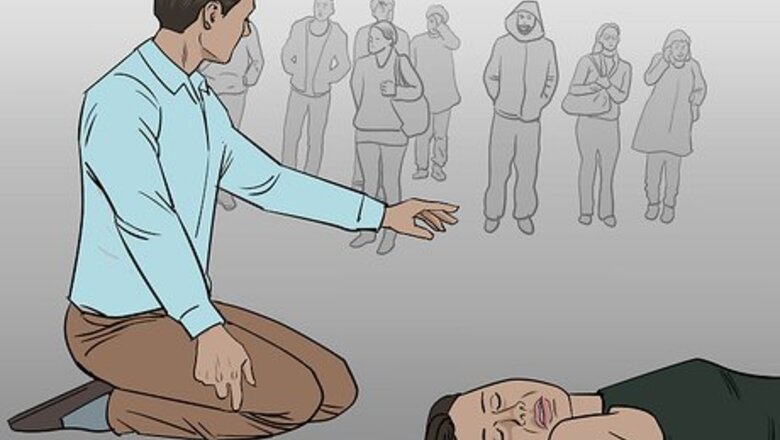
views
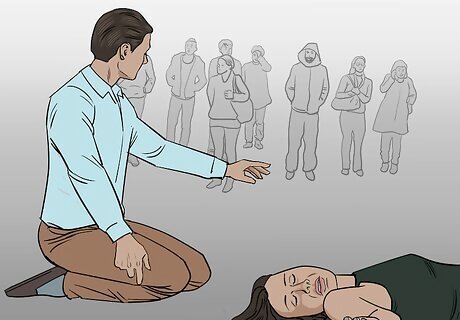
Talk to the witnesses or person's family. Did a witness see what happened? Did the victim complain to someone of dizziness, a headache, nausea or numbness before collapsing? If you are talking to family, or someone who knows the victim, try to get as much medical history as possible. Find out if the person is pregnant, has a pacemaker, etc.
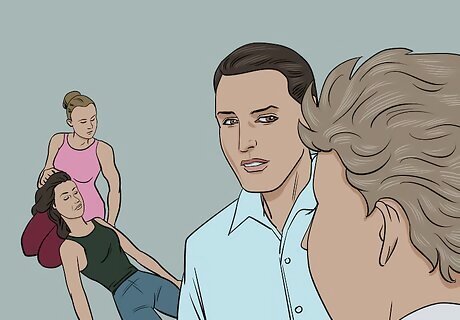
Inquire about witnesses' health. If you start feeling unwell, have multiple unconscious victims, or bystanders start to feel unwell, consider an environmental toxin such as carbon monoxide.
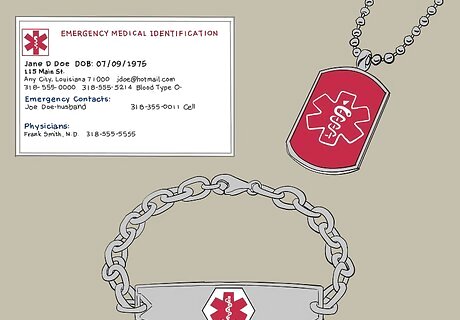
Check the victim for a medical ID bracelet or necklace if no one knows the victim or saw what happened (for example, seeing the person hit by a car).
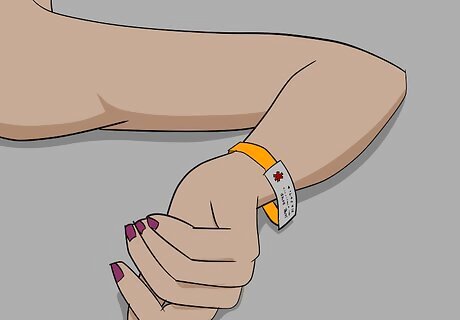
A person with diabetes, epilepsy, or other chronic problem might be wearing one. The condition listed could be considered a possible cause.
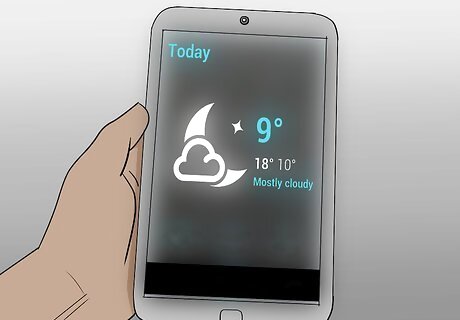
Look around the environment for potential clues. Pay attention to the climate of a place. Is it extremely hot or cold where the victim is? Heat stroke or hypothermia could have made the victim pass out. Finding empty, or partially empty, alcohol bottles, pill bottles or a needle can indicate a possible overdose. Seeing a ladder close to the victim or electrical tools can mean the victim might have fallen or been electrocuted.
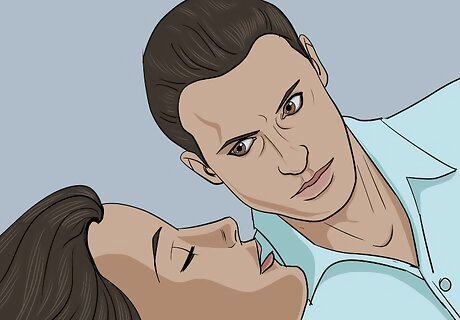
Note any strange smells in the environment or on the person's breath. Strange smells can indicate toxins or a medical condition such as in diabetes.
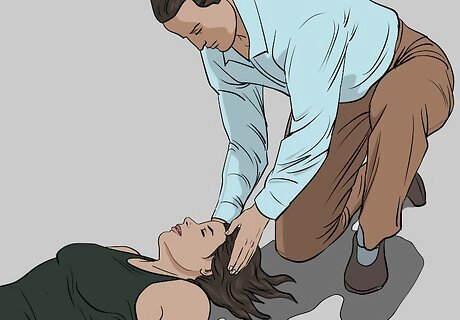
Access the victim. Look for lumps on the head, evidence of broken bones -- especially in the neck or back -- bleeding or fever. This could be a primary cause of unconsciousness or a secondary injury.
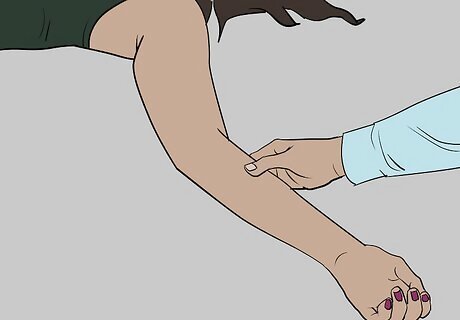
Look for strange marks on the victim such as puncture marks (from a needle or a snake) or signs of infection. This can include swelling, redness or lines around a wound.
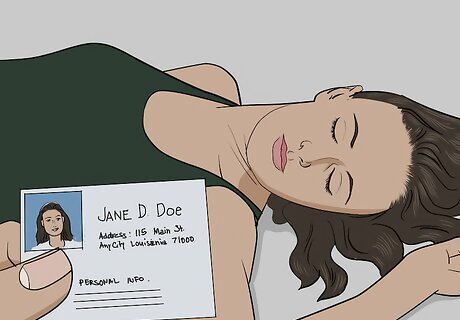
Note the person's age. If the person is older, a heart attack or stroke may be the cause of the victim's collapse.















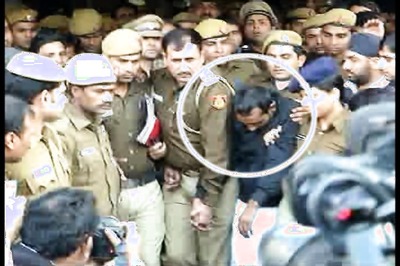


Comments
0 comment